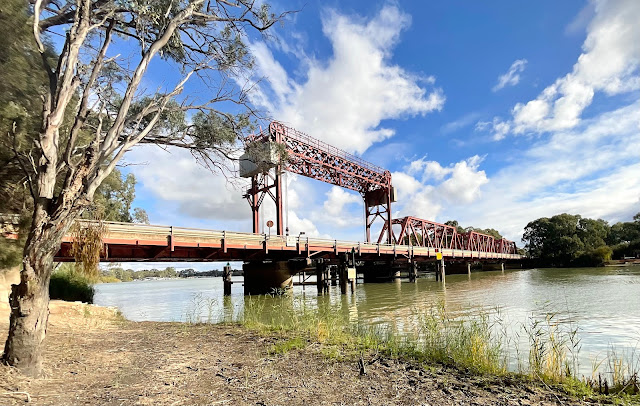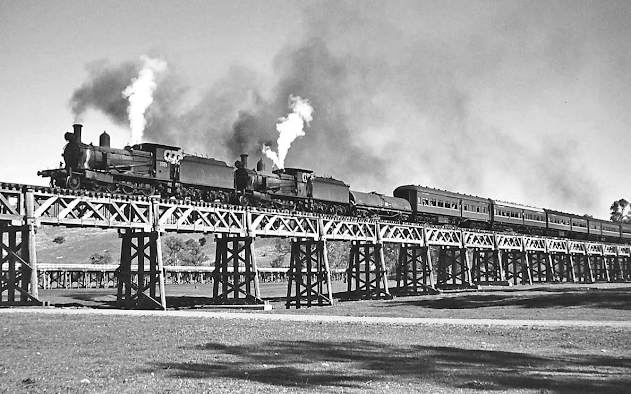20230527 SA Waikerie, Berrie to Paringa
We head towards the town of Waikeria but took a wrong turn somewhere that landed us at the River ferry, sceptical we board the ferry that took us across the Murry to the town of Waikeria. There’s a free camp at the viewing platform of the Silo Art so we camped up for the night. It is believed that the Ngawait Aborigines, who inhabited the area before the arrival of Europeans, called the giant swift moth, "wei kari" meaning "many wings'.
 Featuring on Jimmy’s silo is local native flora and fauna, including a giant Yabby and the endangered Regent Parrot.
Featuring on Jimmy’s silo is local native flora and fauna, including a giant Yabby and the endangered Regent Parrot.On the other side of the silo is a painted of a giant, semi-abstract river landscape many quirky, local river creatures, like assorted birds, frogs, fish and turtles. Garry has also featured the Rainmoth, which is where the town of Waikerie gets its name.
Jimmy has also included other endangered species such as the Murray Hardyhead and the Spiny Daisy.
The Rain Moth's name stems from the fact that adult moths often emerge after rain, during the autumn months of March and April.
Accolade Wines’ Berri Estate winery is the largest grape processor in the Southern Hemisphere, crushing around 220,000 tonnes of grapes annually; around a third of S.A entire crush. The facility exports over 100 million litres of wine around the world annually and over six and a half million litres of that wine is delivered to the UK every month. Berri Estates employs 265 permanent staff and up to 415 individuals over the busy harvest period. Boasting a storage capacity of over 263 million litres, with 1,500 tanks on-site and three automated production lines, Berri can produce up to 85,000 casks a day.
The Berri Bridge was constructed in 1997, allowing better linkage between the township and Loxton
The entrance to the Town Centre of Berri, shopping time.
Just before Renmark is the Dunlop Tyre that takes us into Victoria then we crossed the Paringa bridge and found a camp on the River hoping we don’t get kicked out. Des dropped some pots searching for some yabbies but it doesn’t look promising as I’m sure I just say a water rat.

The Big Dunlop Tyre on the South Australian border 27 km east of Renmark was built when Adelaide had the rights to the Australian Formula 1 Grand Prix.
The Paringa Bridge is one of only four suspension bridges still spanning the Murray River, opening in 1927. The bridge structural significance is due to its advanced engineering which allows a section of the bridge to be raised to allow larger river traffic to pass through. This is crucial for our large fleet of commercial houseboats to move up and downstream as a part of their river experience.
We camped just up from these house boats and walked the grounds checking them out, there’s some spiffy looking house boats here.
I found this old relics while strolling the grounds.
A very historic tractor sits in the grounds of an outside Museum.
Paringa new silo art features four prominent people with local connections and stories to share.
The four images on the silos are explained on the story boards fixed to the sides of this shelter.
Number one is about David Jones (Possum) and Charles Chaffey. Number two is of the PS Industry and Captain Pearl Wallace. Number three tells of Sister Elaine Balfour-Ogilvy and the houseboat industry and number four of the community history and the Murray Cod.
Love The Mighty Murry

















Comments
Post a Comment